Deformation Defined
The collective displacements of points in a body relative to an external reference frame is known as deformation. Deformation describes the transformations from some initial to some final geometry. Deformation of a rock body occurs in response to a force. Newton's first and second laws of motion provide key ingredients for an understanding of force.
Law 1. An object continues in its initial state of rest or motion with uniform velocity unless it is acted on by an unbalanced, or net external, force. The net force acting on an object, also called the resultant force, is the vector sum of all the forces acting on it (Tipler, 1976).
Mathematically, Law 1 can be expressed as
![]()
where Fnet represents the net force, and ![]() represents the vector sum of all of the forces acting on some given object.
represents the vector sum of all of the forces acting on some given object.
Law 2. The acceleration of an object is inversely proportional to its mass and directly proportional to the net force acting on it (Tipler, 1976).
Mathematically, Law 2 can be expressed as
![]()
or, upon rearranging and isolating Fnet on the left-hand side, as
![]()
where a = acceleration and m = the mass of the object upon which the force is acting. Physicists define mass as an intrinsic property of an object that is a measure of its resistance to acceleration while acceleration is simply the change in velocity over some change in time (i.e. a=Dv/Dt) (Tipler, 1976). Thus, force is that which changes, or tends to change, the state of rest or the state of motion of a body.
The response of a rock body to a force involves any one or a combination of four components divided into rigid and non-rigid body deformation. With rigid body deformation the position and orientation of points in a rock body relative to an internal reference frame are not changed. Rotation is a rigid body operation that changes the configuration of points relative to some external reference frame in a way best described by rotation about some axis (Figure 24). Translation is another variety of rigid body deformation, which involves a change in position. During pure translation, a body of rock is displaced in such a way that all points within a body move along parallel paths relative to some external reference frame (Figure 25). Non-rigid body deformation is different than rigid body deformation in that the position and orientation of points within a rock body are changed relative to both an internal and external reference frame. Distortion is a non-rigid body operation that involves the change in the spacing of points within a body of rock in such a way that the overall shape of the body is altered with or without a change in volume (Figure 26). Dilation is a non-rigid body operation involving a change in volume (Figure 27). When pure dilation takes place without a change in shape, internal points of reference spread apart or pack closer together in such a way that line lengths between points become uniformly longer or shorter and the overall shape remains the same.
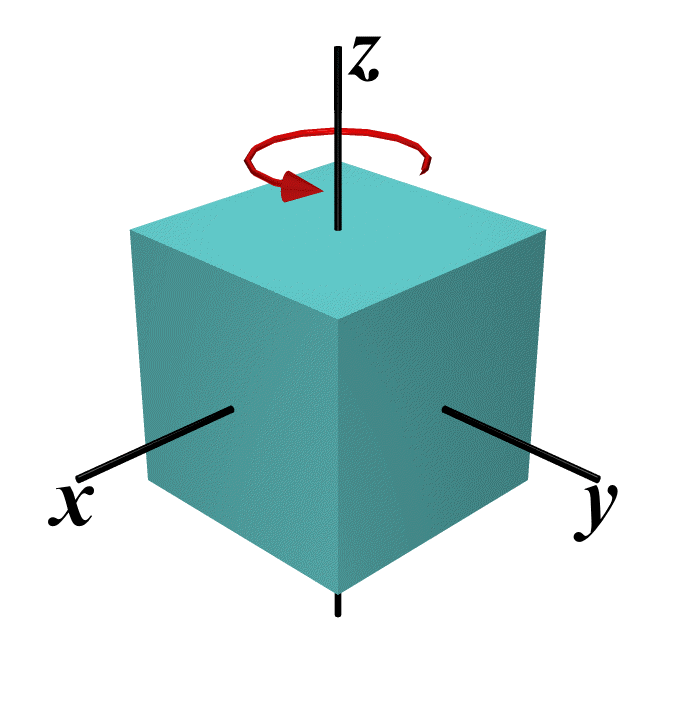
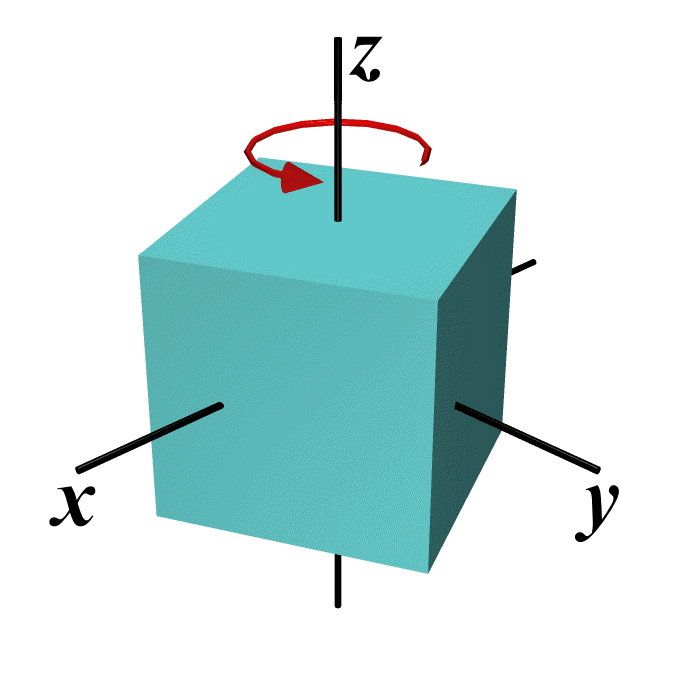
Figure 24. The blue cube is rotated in a clockwise direction about the z-axis.
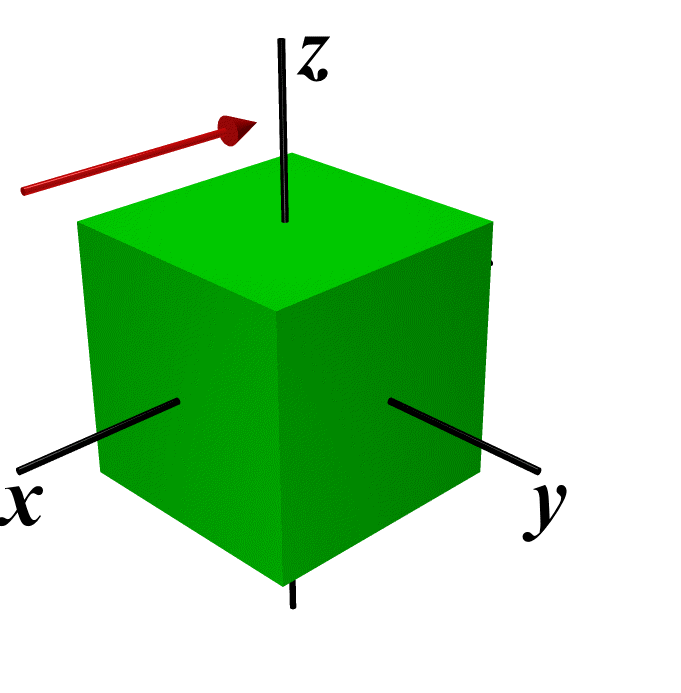
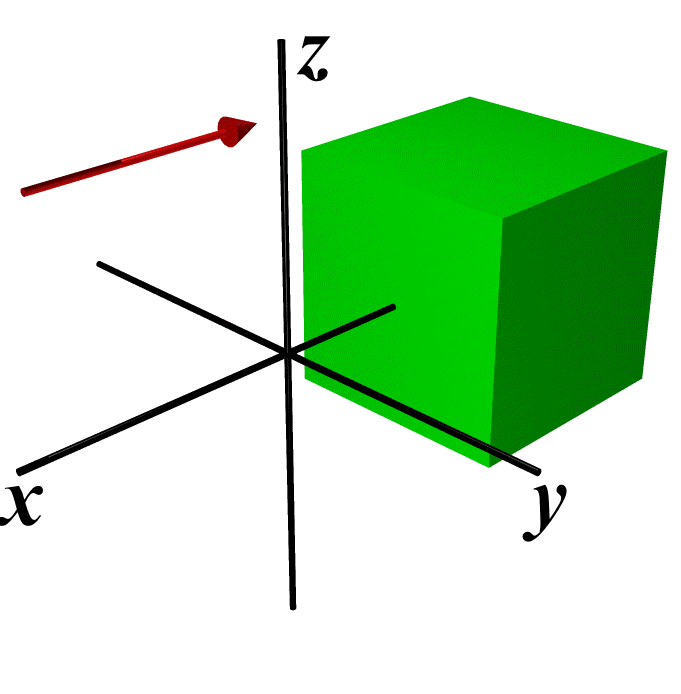
Figure 25. The green cube is translated parallel to the x-axis.
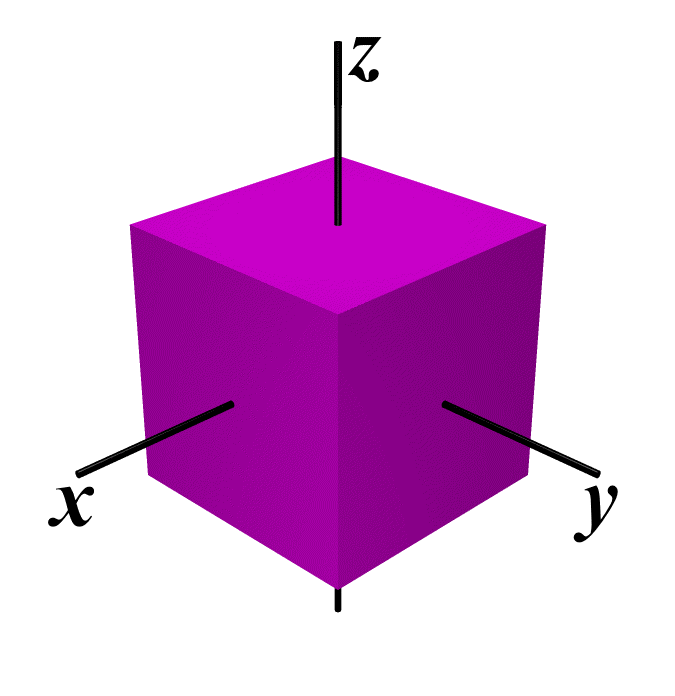
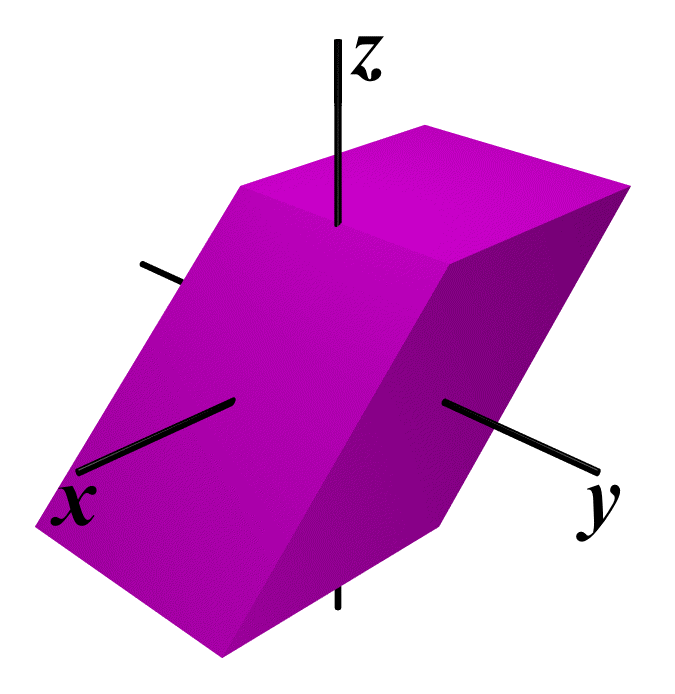
Figure 26. The purple cube is being distorted or strained.
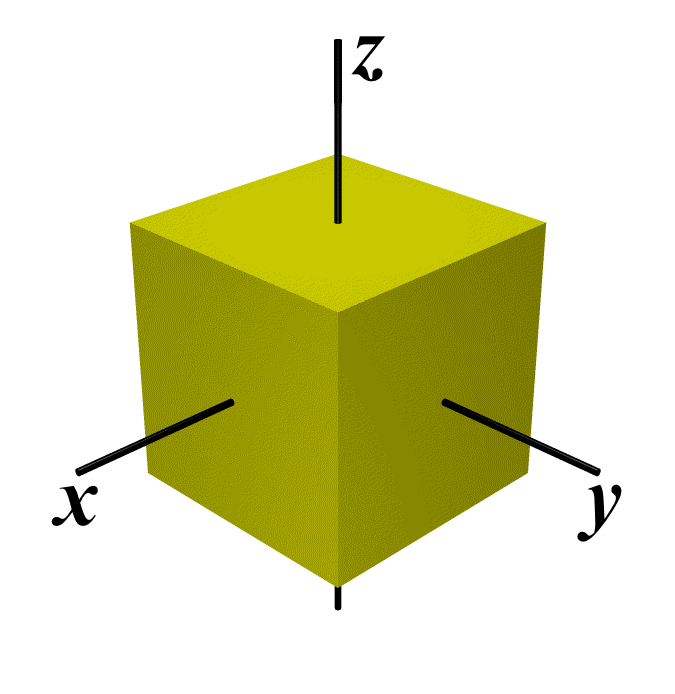
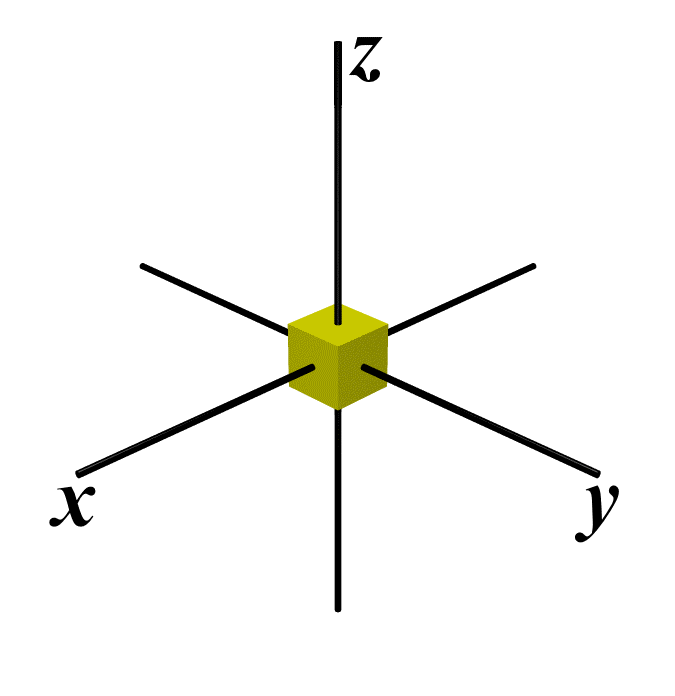
Figure 27. The volume of the yellow box is decreased as deformation proceeds.